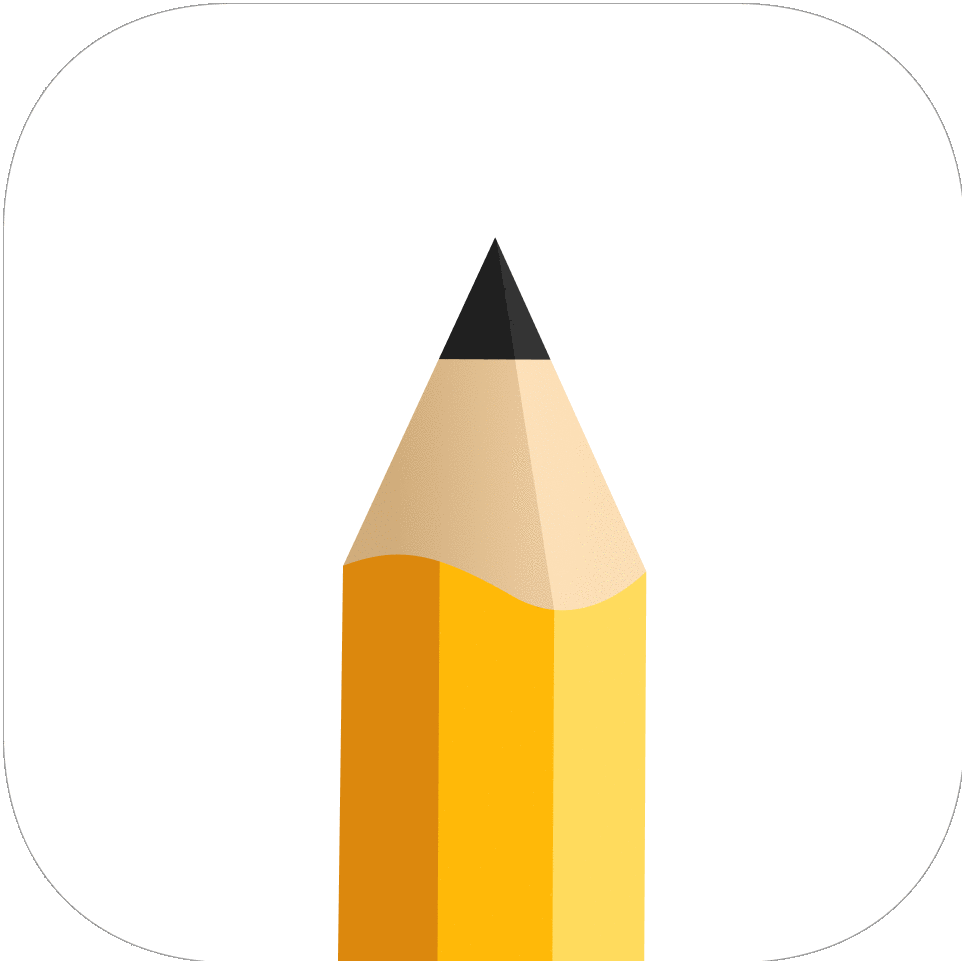

This whole process is part of what I am trying to teach on my own channel and also part of a course/book I am writing on design called Enhance UI.
#Figma logo full#
You can view the full results of the design below: If you want to take a deeper dive into these basics, I would recommend watching and following along the whole video crash course which looks at each aspect in more depth. With the basics of shapes, images, and text, you can easily get started prototyping a website, designing a mobile application, and much more.
#Figma logo how to#
How to Label Elements and Create Groups in Figma Ensure the size and color are 24 and white.Add "About" text as the start of the navigation.In this example we will use right panel to change the color and size of the font, and later the font family as well. The font will default to Roboto, but you can change the font family, size, and color at any stage. To add text to a design, select the text tool and place it on the page. Resize and place the image on the design.Import an image from the shapes image upload option.Drag and drop an image from you local computer.Let's add a logo as our first image which we will add to the top left of the screen. Images are an important part of designing a website, especially for the hero section. You can add images from an online source or locally to your page. I'll start with a simple rectangle which we will use to create our hero navigation section for the top part of this home page. These are the fundamentals for creating a design on a page. Use the shapes and elements in Figma to create squares, circles, lines, and more. For example, I often prefer 12 grids as this is the default for website development. You can add grids to a frame and customise them.


Select the + sign, or on the right hand side create a new design page. Take a look at the default design layout we will be working with below. We are going to build our first draft page. Next we need to get the design assets to use for this project, which we'll grab from Frontend Mentor.
#Figma logo free#
Just sign up with a new account (email or Google sign in) – it's completely free Let's begin by creating an account on the Figma Website. In this article, I'll give you a brief overview of some of the main parts of the course so you can get started designing in Figma.

I'll break this crash course into a bunch of parts as we explore different features of Figma including: Learning by building a project is a great way to solidify your knowledge, so I recommend downloading the assets and following along. In this Figma Crash Course, I will use a real project website from Frontend Mentor which we will recreate in Figma. These skills are essential for building a great portfolio for yourself and potentially for your own company. Figma is a powerful design tool that helps you to create anything: websites, applications, logos, and much more.īy learning to use Figma, you'll take your first steps into User Interface Design and and User Experience Design.


 0 kommentar(er)
0 kommentar(er)
